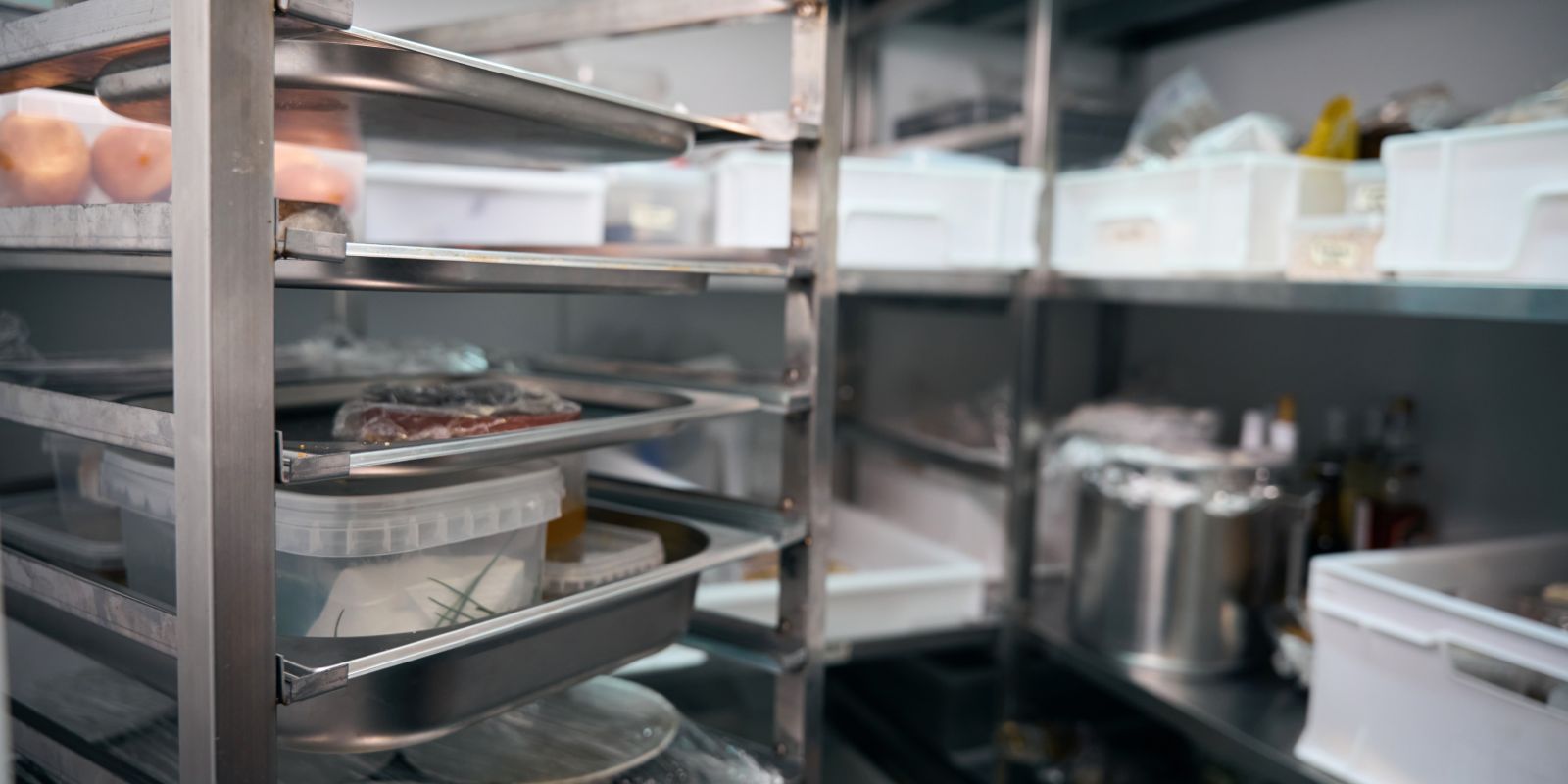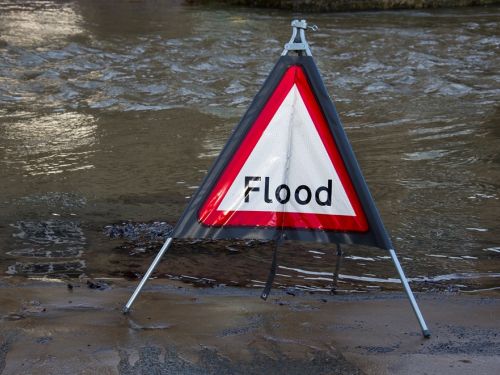UNIVERSITY OF LINCOLN AND UK FOOD VALLEY AGRIFOOD COOL CHAIN SUPPORT
The cool chain is vital to preserve the quality, safety and longevity of perishable agri-food items including arable produce, dairy, seafood, meat, poultry, horticultural crops and ornamentals. The University of Lincoln is driving a number of industry pilots in cool chain development.
The National Centre for Food Manufacturing (NCFM) at the University of Lincoln works with the cool chain to strengthen this valuable regional business sector. Recent projects have covered cool chain strategic reviews and assessments for councils, business groups and Local Enterprise Partnerships, as well as and more targeted specific studies for individual businesses through regional knowledge transfer (KT) programmes or consultancy.
A recent review showed that agri-food cool chain businesses are spread widely over Greater Lincolnshire, but with a seafood cluster in the Grimsby area and produce, horticulture and ornamental product clusters in the south of the region. Large, refrigerated storage facilities to support these clusters are primarily located in these regions and along major road routes into, from and through the UK Food Valley.
There is a very wide range of refrigeration system types, ages, efficiencies and states of repair throughout the region. Typically, larger businesses have newer, more efficient and environmentally friendly systems. This is because of economies of scale and sufficient staffing to be able to monitor system performance in detail and address inefficiencies. Many businesses (particularly smaller cold stores users) do not have detailed records of temperature and energy usage, which hinders progress and the transition to lower carbon as, the first step in being able to control and improve a system is monitor it accurately.
The electricity grid is going through a period of rapid change as power demands increase quickly and new sources of power are added to the system, with nearly two-thirds of primary substations projected to be at, or close to, capacity by 2035. Food transport also faces similar challenges with currently no feasible low-carbon alternative to diesel powered HGVs for refrigerated transport - although research is under way.
The key needs to help meet future energy efficiency and supply chain needs include:
- improved use of data to help identify areas in which efficiency and lower carbon footprints can be delivered.
- fixing refrigerant leaks, which can have a major impact on a business’s carbon emissions and costs. For some businesses NCFM has worked with, fugitive gases have a greater annual CO2e impact than the electricity used to run the systems.
- simple no or low-cost methods and system maintenance can also make a big difference, such as keeping cold store doors shut as much as possible or checking that door seals are intact.
It is through combining temporary electrical submetering and temperature data collection that you can often find the next level of improvement. Two recent case studies of NCFM’s work with businesses led to significant savings:
Case Study 1 - Defrost optimisation
A small Grimsby seafood business was operating two small chilled stores and two small frozen stores. The NCFM team installed temporary submetering (energy meters) on the four respective fridge plants and temperature logging in each store.
The data revealed one room that was struggling to combat refrigeration loads, but the remainder of their facility had either six or eight defrosts per day. Rapid temperature pull-down after defrosts combined with a lack of apparent icing up between defrosts, suggested that there was scope to remove one or more defrosts from each room.
Power consumption in the defrost cycle was seen to be two to four times greater than in normal running, and the units were in defrost around 37 to 39% of the time. Using these data, the team calculated that for each defrost less per day there would be annual savings of £992 in electricity costs and 638kg of CO2e for the business.
Case Study 2 – Turn it off!
A large food processor used to refrigerate its processing room 24/7, firstly because they had always done this, and secondly to ensure that the unit was ready for the start of processing each day. Combined energy and temperature submetering showed that this was costing the business a lot in wasted energy.
Baseline overnight data indicated a temperature of 6 to 8°C was being maintained by this practice in readiness for production to start the next morning, but this also had an energy requirement. As there were no heat inputs it was suggested that the refrigeration could be turned off for the non-processing period of 22:00 – 03:00 each day. A trial to test this showed that although temperatures rose during the ‘off period’, they regained the 6 to 8°C operating temperature very quickly.
The associated energy use was zero in the ‘off period’, resulting in a 60% reduction in energy use, cost and carbon from 21:00 – 06:00 overnight. Annually this saved the business around £10,000 in electricity costs and produced a carbon saving of around 13T CO2e. Combining energy and temperature sub-metering enabled this insight for the business for the first time, allowing it to change practice and deliver significant savings.
To help other businesses review their cold store energy use and identify similar savings, the NCFM Grimsby team has produced a guidebook for agri-food business to begin looking at reducing their carbon footprint. This is particularly aimed at the seafood sector, but is applicable to all refrigeration operators in the food chain.
For more details on this and to receive a free copy, please get in touch with Dr Graham Purnell gpurnell@lincoln.ac.uk (07890) 420094 at the National Centre for Food Manufacturing, Grimsby (NCFM-GY), University of Lincoln, HSI Building, Origin Way, Europarc, Grimsby, NE Lincolnshire DN37 9TZ.
The Grimsby team from the National Centre for Food Manufacturing (NCFM) is part of the University of Lincoln based at the Humber Seafood Institute (HSI). This team offers research, development, consultancy and training to food and seafood processing and manufacturing businesses of all sizes.
The team has a wealth of experience and expertise, from practical hands-on engineering solutions to scientific studies, covering projects including: decarbonisation of the seafood sector, application of bacteriophage for listeria control, retail display cabinet assessments and opportunity for demand side response (DSR), surveys, assessments and benchmarking of refrigeration systems and processes, small business support, energy audits and improvement recommendations, supercooling of seafood for product life extension without freezing, confidential consultancies, low-tech cool stores for developing nations, and more.



